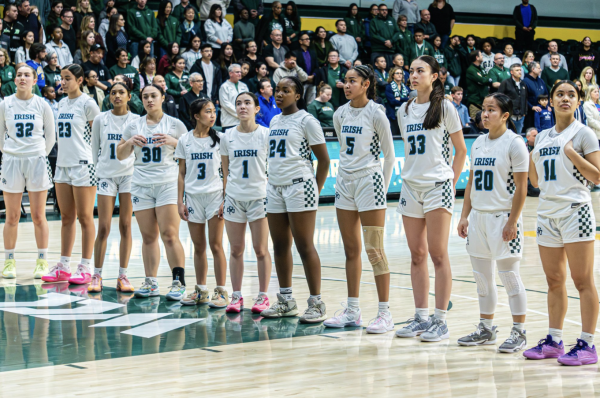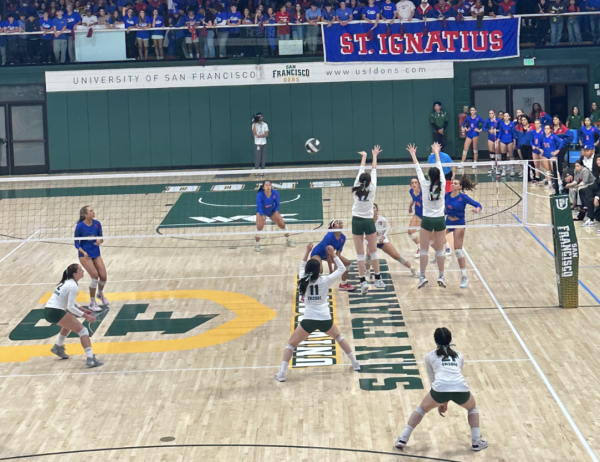History of Title IX in Athletics
In 1972, one of the greatest advancement in women’s rights was executed: Title IX. This law states: “No person in the United States shall, on the basis of sex, be excluded from participation in, be denied the benefits of, or be subjected to discrimination under any education program or activity receiving Federal financial assistance.” For the past 42 years, Title IX has changed women’s rights in athletics, education, employment, math and science, sexual harassment, standardized testing, and technology.
Although Title IX has impacted multiple aspects of the women’s movements, the most well-known area addressed by this law is athletics. In an interview with Jane Miller, the Senior Associate Director of Athletics and senior woman administrator at the University of Virginia, she says, “You are seeing an increase in the number of participants, youth sports are being added to programs every year, and the quality of competition has increased because of the increased resources for women’s teams.” Title IX has changed the involvement of women in sports tremendously. Without Title IX, many current women’s teams wouldn’t have achieved the success they had.
Before Title IX came to exist, women were faced with discrimination, racism, homophobia and prejudice. Women were considered lesbians if they were strong athletes because in those days, athleticism was unfeminine. They were told that if they became competitive athletes, they would harm their reproductive organs, and their chances of marriage. If all this was said to white females, imagine what was said to women of other ethnicities. With no support coming from school administration, women’s teams had to raise their own money and make their own uniforms. Women who wanted to continue playing their sport in college would not be given scholarships, because athletic scholarships for women did not exist then.
When Title IX was passed by President Richard Nixon, the amount of women participating in intercollegiate athletics quadrupled. Universities opened their gyms and athletic fields to women who never had the chance to play before. Unfortunately, many universities began to resort to subterfuge to make it seem they were following the new law. Coaches would have men practicing with women teams, counting them as female athletes, and in the process, creating false data of the proportionality of women athletes to men. Title IX also began to anger many male athletes. Starting new sport teams and expanding their women’s athletics program was costly for colleges. Instead of having to pay the price, some colleges began cutting their men’s teams in order to meet the standards, creating an outrage among the men.
Over the next 40 years, the amount of women competing in college sports increased by more than 500%. The law has sparked a turnaround in women activism. In other fields Title IX affected, women began excelling. The amount of females receiving medical and law degrees surged upwards by about 30% in 22 years. Today, women make up the majority of law and medical school classes, receiving more than half of all bachelor degrees. Women no longer have to worry of how they can achieve success, both in athletics and education. The passing of Title IX has paved a pathway for all females.










